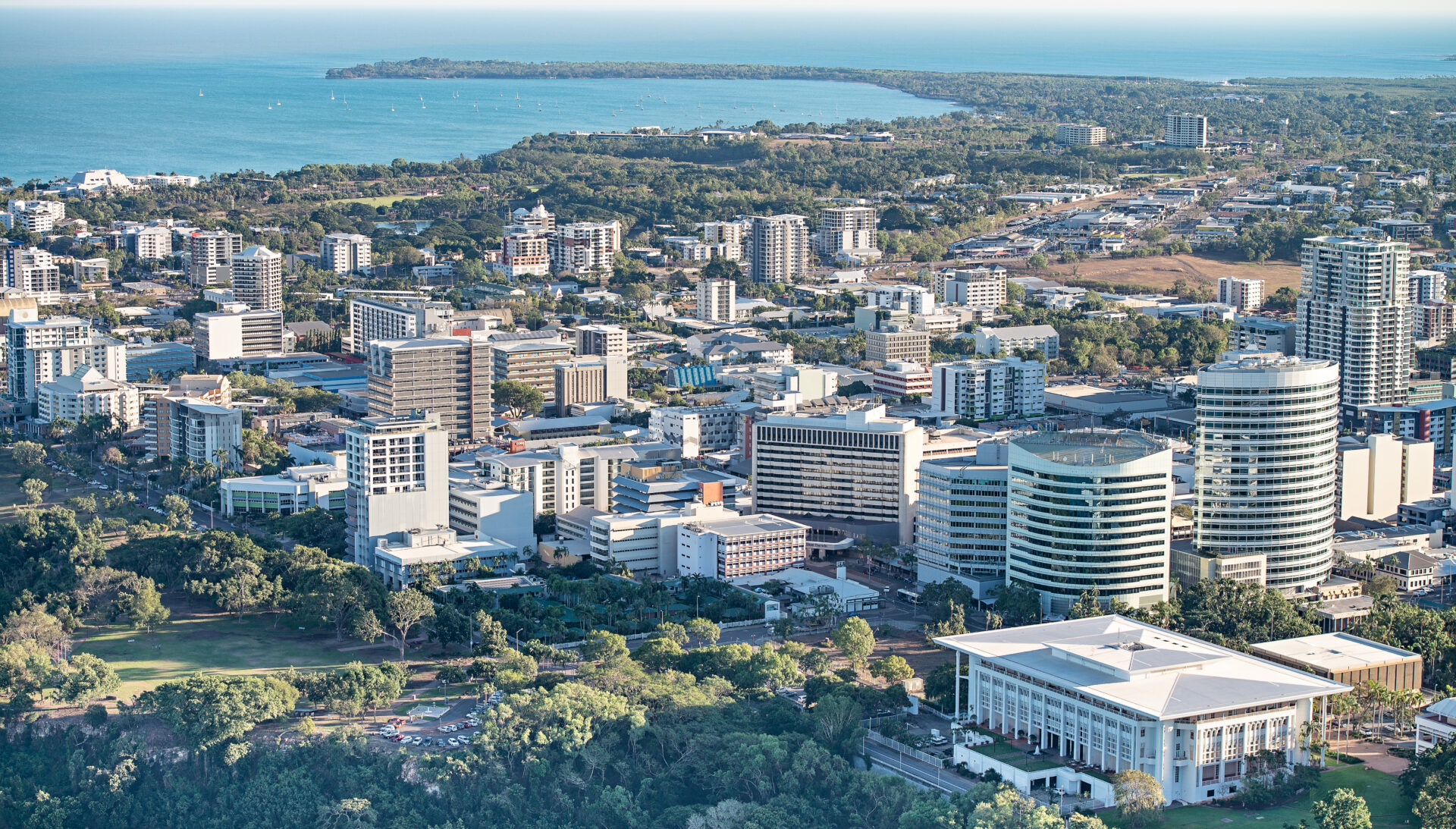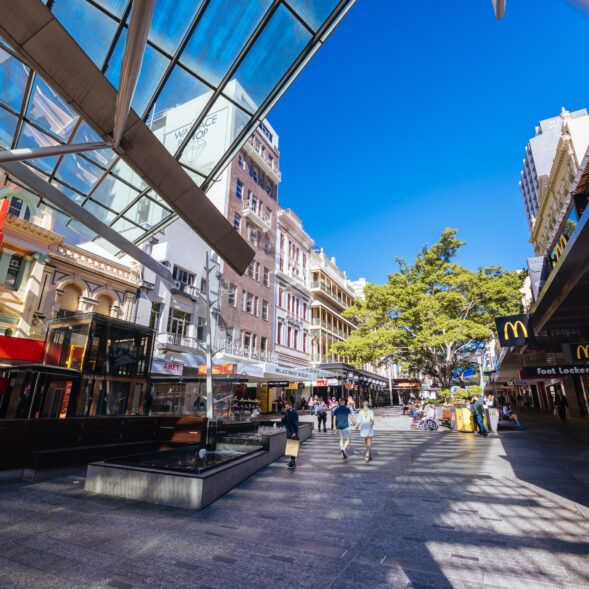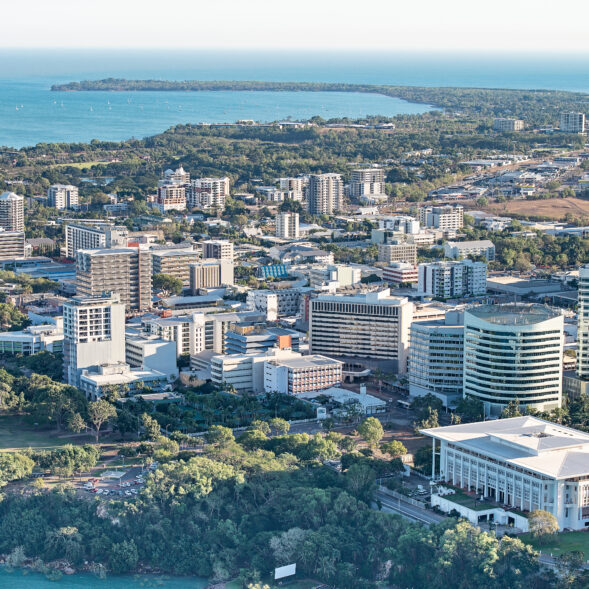The main talking point for the residential property market in 2023 has been interest rates. The Reserve Bank made 25 basis point increases in the cash rate in February, March, May and June, then took a four month break before increasing the cash rate by another 25 points in November. The RBA has made it clear that inflation is still well above the target range and further increases are possible.
The residential property market overall has experienced significantly reduced transaction activity. In many markets, properties have simply not come onto the market and the demand for homes has outstripped the supply of dwellings, causing prices to continue to rise, despite the total 1.25% increase in mortgage rates during 2023.
Market conditions in Adelaide, Brisbane and Perth have remained very strong all through 2023 with dwelling prices at an all-time high. This performance is almost matched by regional markets in South Australia, Queensland and Western Australia. Market conditions in Sydney, Melbourne and Canberra have not been quite as firm, with values at the end of 2023 below the peak achieved in the first half of 2022. The markets in Hobart and Darwin have been somewhat softer still, with a net reduction in dwelling values for 2023.
As is often the case, the headline figures can mask significant diversity between market segments defined by geographical area and price level, however one characteristic is shared by most markets and that is resilience in the face of escalating serviceability challenges due to interest rate increases.
Some of the stronger markets have been urban fringe or regional locations. The lifestyle benefit of these became more widely recognised as a significant attribute through the period of COVID restrictions. A characteristic of these locations is a generally static supply of land and dwellings in the face of continued demand, which has driven shorter marketing periods and higher prices.
The lifting of international travel restrictions after COVID has resulted in a catch up phase for overseas migration that has added to demand for residential property and fuelled significant rental growth.
The strength of many markets has served to mask the impact of escalating building costs for residential construction. However, builders have continued to face challenging cost conditions throughout the year and many have succumbed to the financial pressure and ceased trading. These difficulties have contributed to a decline in the number of new dwellings being added to the residential supply and this has contributed, in some areas, to continued price increases.
While the strength of the market has been good news for homeowners, it has continued to adversely impact those looking to enter the property market. Prospective first home buyers have had to contend with high inflation, rising mortgage rates and higher rents.
As we end the year, the market is expecting that further interest rate increases may be on the cards. Listings are starting to increase and there are signs that this increase in supply is not being matched by buyer activity. The resilience of the residential property market is set to be tested again in 2024.
Kevin Brogan










